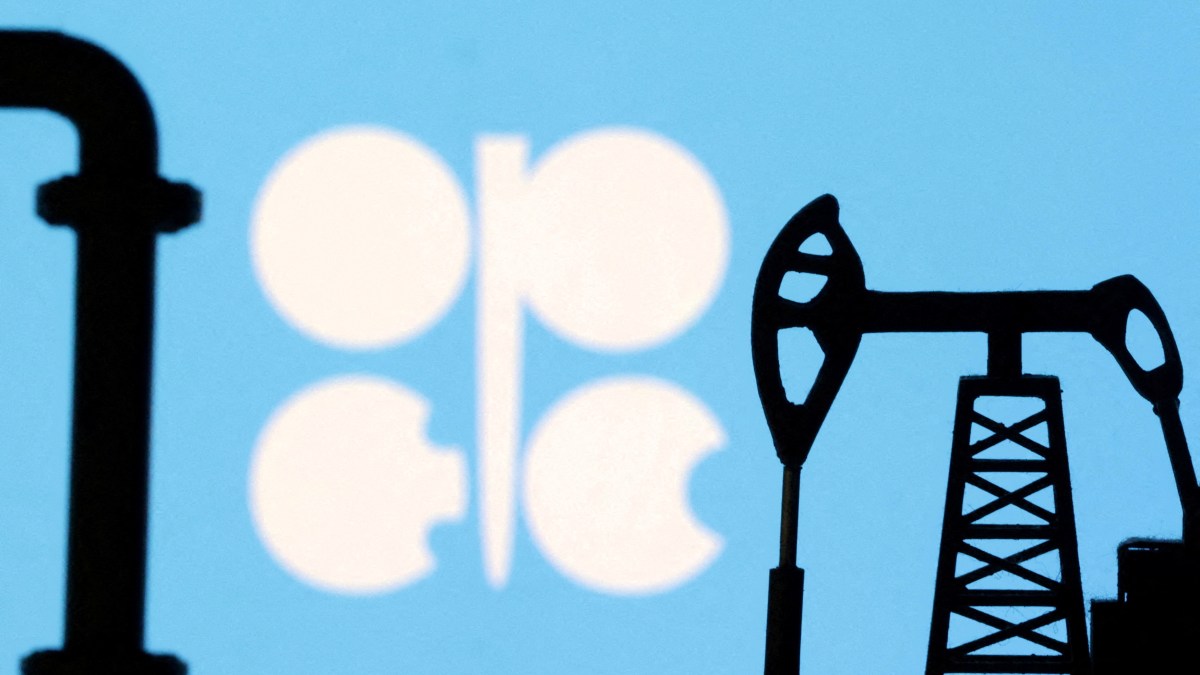Members of the Opec+ oil cartel have agreed to raise supply by 137,000 barrels per day from next month as the group tries to wrestle back market share from the United States.
The oil production collective announced the monthly supply increase on Sunday despite experts at the International Energy Agency (IEA) predicting there would be insufficient demand to consume all of the oil on the market in the coming year. The increase in output was weaker than analysts had expected, with some predicting a rise in supply of up to 500,000 barrels per day.
Opec+ consists of eight members: Saudi Arabia, Iraq, Kuwait, Russia, the United Arab Emirates, Algeria, Oman and Kazakhstan. The cartel has been gradually unwinding previously agreed cuts to oil production to try to regain control of the market, which has been flooded with US oil exports yielded from the country’s shale boom.
Crown Prince Mohammed bin Salman, of Saudi Arabia, in 2019 with President Putin of Russia, whose countries are among eight Opec+ members
SUSAN WALSH/AP
At the start of the year, the cartel’s strategy was to lift oil prices by curbing supply, but there is now a greater emphasis on trying to recapture market share.
As of last Friday, the price of a barrel of Brent crude, the global oil benchmark, was $64.53, down from a peak in 2025 of over $80 a barrel. A barrel of WTI, also a benchmark, fetches $61, down from a peak of $79 this year.
Prices have been volatile in the past ten months owing to fears that President Trump’s tariffs would curb global trade flows and the conflict in the Middle East which led to Israel and Iran trading rocket fire in June.
Opec+ has progressively raised its annual oil output target by nearly 3 million barrels per day this year, representing 2.5 per cent of global consumption. Opec+ is also curtailing a production cut of 1.65 million barrels per day agreed in April 2023.
The Opec secretariat said: “In view of a steady global economic outlook and healthy market fundamentals, as reflected in the low oil inventories, the eight participating countries decided to implement a production adjustment of 137,000 barrels per day from the 1.65 million barrels per day additional voluntary adjustments.”
Typically, in the final quarter of the year, global demand for oil enters a lull after the stronger summer months when people go on holiday. The cautious increase in oil output reflects Opec+’s hesitancy to put too much downward pressure on prices given the IEA’s downbeat forecast for global oil demand in the coming year.
On Sunday, the cartel maintained non-committal guidance about its production plans in November and December, just as did in the previous month’s meeting.

